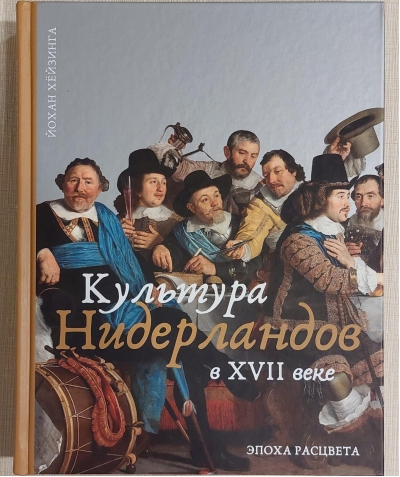Culture of the Netherlands in the 17th century
29.99 €
Out of stock
Johan Huizinga (1872-1945) was a Dutch historian and cultural critic of international renown. Among his most famous works, which are constantly reprinted in different countries - and, we would like to emphasize, most of all in his homeland and Russia! - include Autumn of the Middle Ages and the treatise Homo ludens (Man at Play). The Netherlands in the seventeenth century is the only country in Europe that in this period reaches the top simultaneously in all fields. The Dutch fleet wanders around the world, exact sciences, shipbuilding, agriculture develop, Amsterdam becomes the center of world trade, new architectural masterpieces appear, canals and dams are built. The cities have their own schools of painting, from which come such geniuses as Rembrandt van Rijn, Jan Vermeer, Frans Hals, Jakob Røysdal; the art of engraving and book printing reaches its peak (Jan Leuijken, Peter Sanredam). Theology and philosophy develop (Benedict Spinoza, René Descartes). How did such a small and relatively remote marshland region of Europe, which was the Netherlands in the seventeenth century, emerge to such an extent as a state, trading power, and center of culture? Johan Huizinga, in his essay Culture of the Netherlands in the Seventeenth Century (1941), provides a detailed analysis of the causes and characteristics of the Republic's rise. The appearance of this work during the war, according to the author, was to be a spiritual support for the occupied nation, to remind it of the world glory of its culture.
See also:
- All books by the publisher
- All books by the author
- All books in the series Talks on culture






































